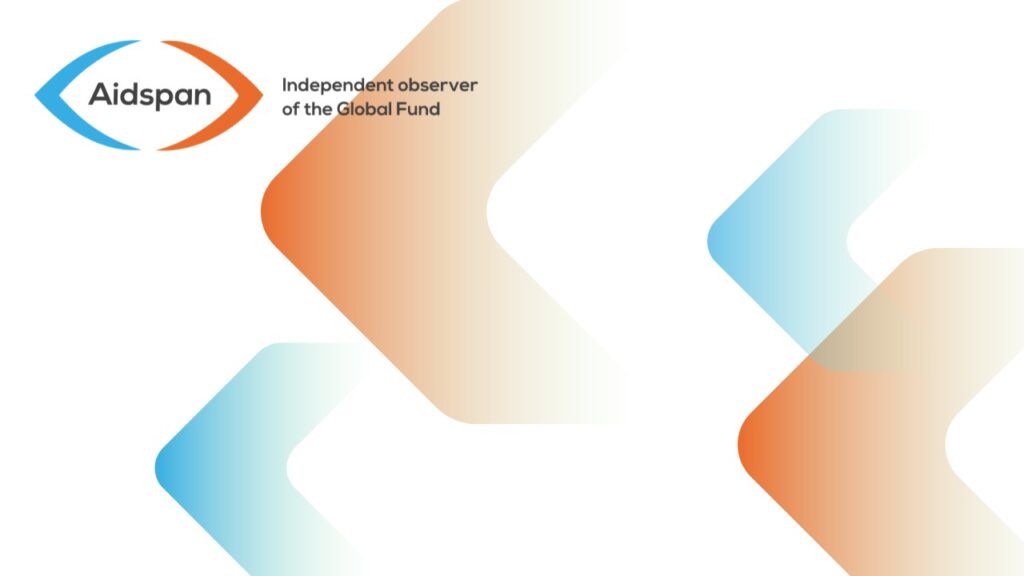
NFM ALLOCATIONS: AN AIDSPAN ANALYSIS
Author:
Kate Macintyre
Article Type:Article Number: 2
ABSTRACT Aidspan presents a comprehensive analysis of the allocations under the NFM for 2014 – 2017 including a description of the impact of “over-allocated” and “significantly over-allocated” on totals for different countries and regions. The analysis also compares NFM allocation totals with funding disbursed under the rounds-based approach between 2010 and 2013.
The Global Fund announced in March 2014 the existing pipeline and new allocations totals for all countries eligible to receive funding from the Fund. This was the central element of the Global Fund’s new way of doing business. Countries are no longer operating in the dark. They know what the ceiling is. And concept notes are written to that total.
Aidspan’s team, headed by David Garmaise, has taken these total allocations figures and now present a basic baseline for all countries to know where they fit relative to their regions, their income levels, their disease burdens as well as other variables. The paper, entitled The New Funding Model allocations: an Aidspan analysis, is available here on the Aidspan website as a PDF download.
The disease components that received the largest allocations were:
HIV: India ($560million) and Nigeria ($477million)
TB: India ($233million) and Pakistan ($175 million)
Malaria: Nigeria ($500million) and DRC ($419million).
Sub-Saharan Africa received nearly two-thirds of the funding, and no other region received more than 10% of the total allocations. Breakdowns of allocations by region and disease component are also presented.
One chapter is devoted to explaining the effect of the over- or significantly over-allocated designation on any given country. It should be noted that 45% of the components were given a designation of over-allocated, so this was not rare. The analysis will help countries and their advisors who want to understand the way funds were allocated.
The paper also compared allocation totals with disbursements between 2010 and 2013. This allows for an approximation of which countries gained under the NFM and which countries saw a drop in total funding. Interesting trends are revealed.
The NFM has two aims: to increase funding to the disease components that had high disease burden and to ensure that countries with the lowest ability to pay would also benefit. We find several outcomes in this analysis that suggest these aims were achieved.
Aidspan hopes that this analysis, which is based entirely on open data from the Global Fund itself, will spark more discussion and debate about the allocations model and process. This innovative mechanism that will provide over 100 countries, with more than 300 disease components, with targets for funding for their three epidemics must be analyzed closely.
Lessons are being learned even in this early stage of the roll-out of the NFM. This analysis supports the necessity of continuous learning. To do this the Fund must be as transparent and open as it can be in releasing comprehensive data, without risking a compromise of privacy or legality.
